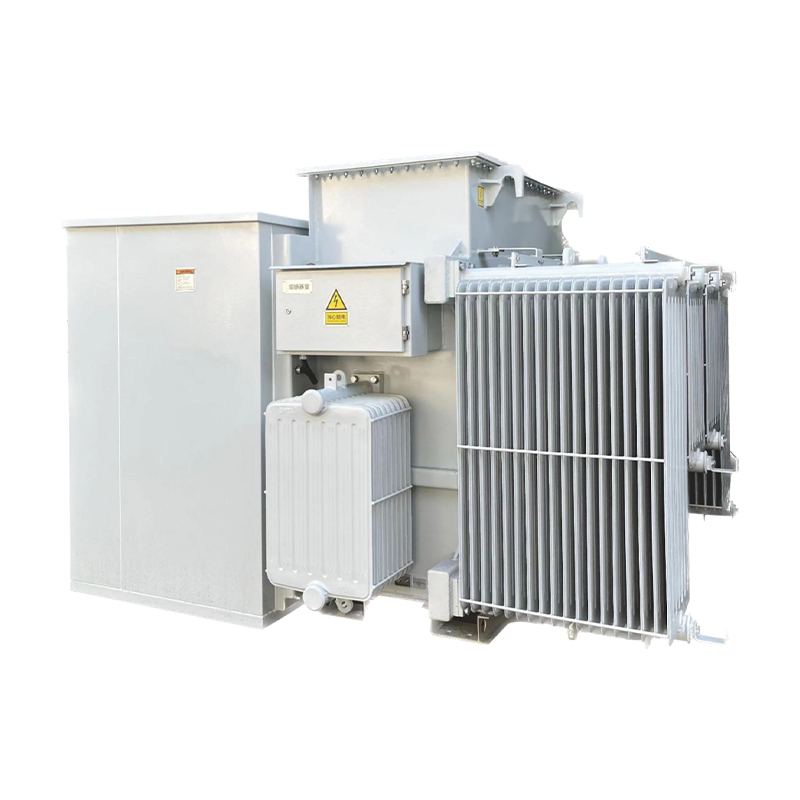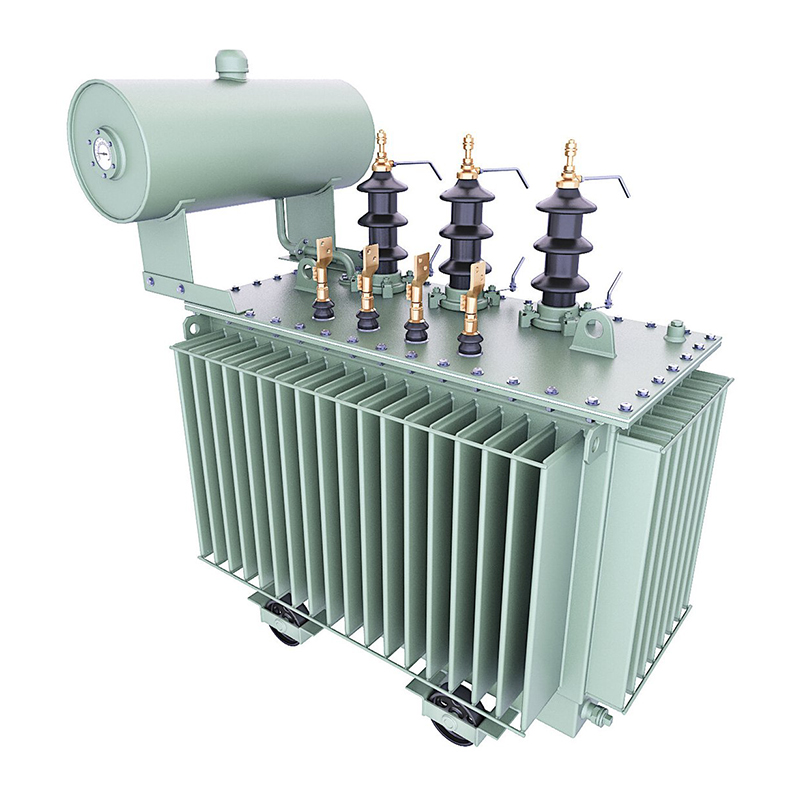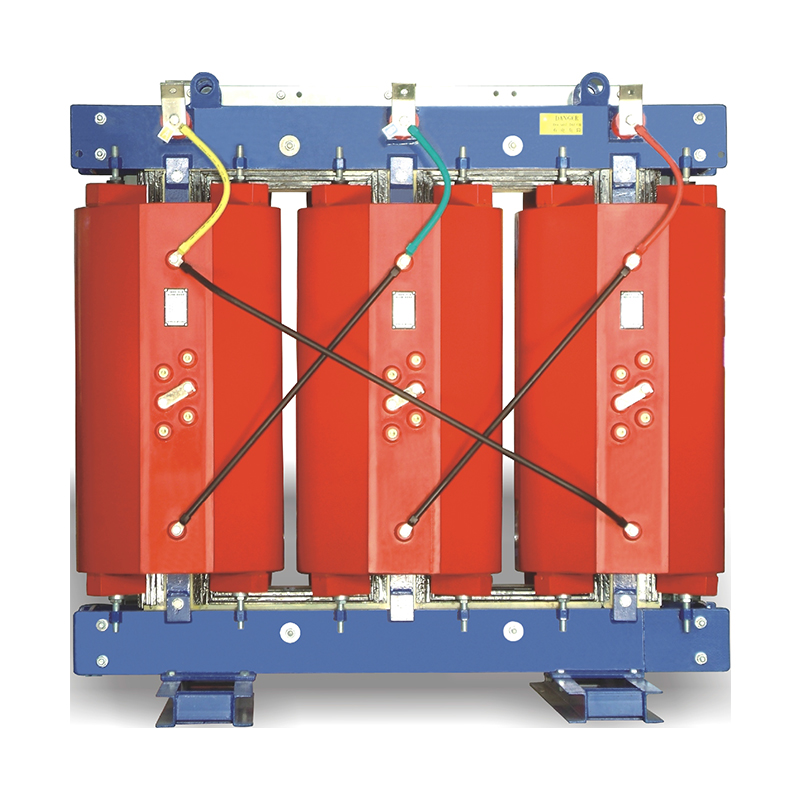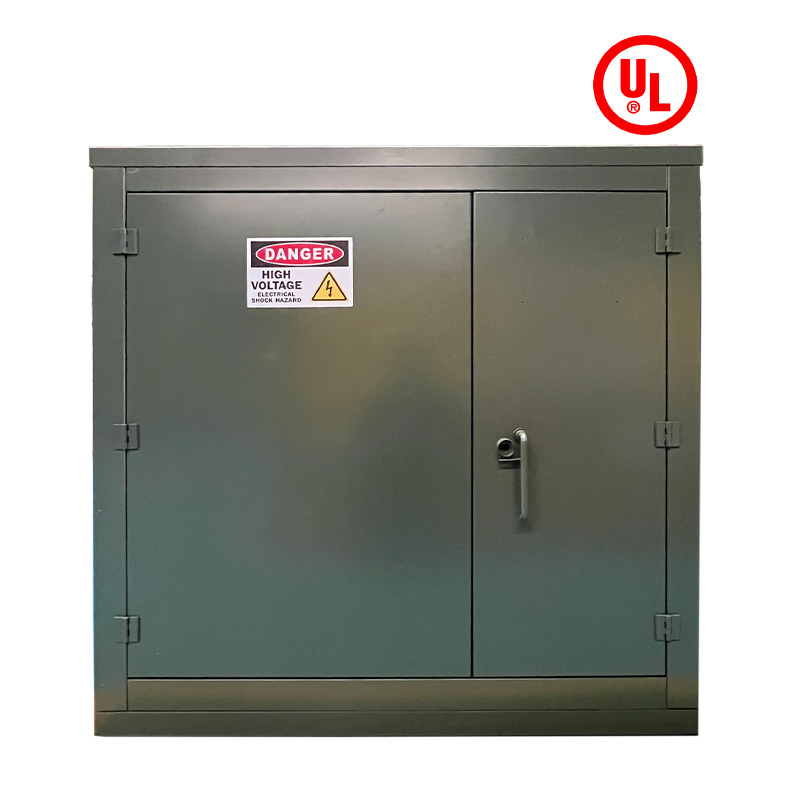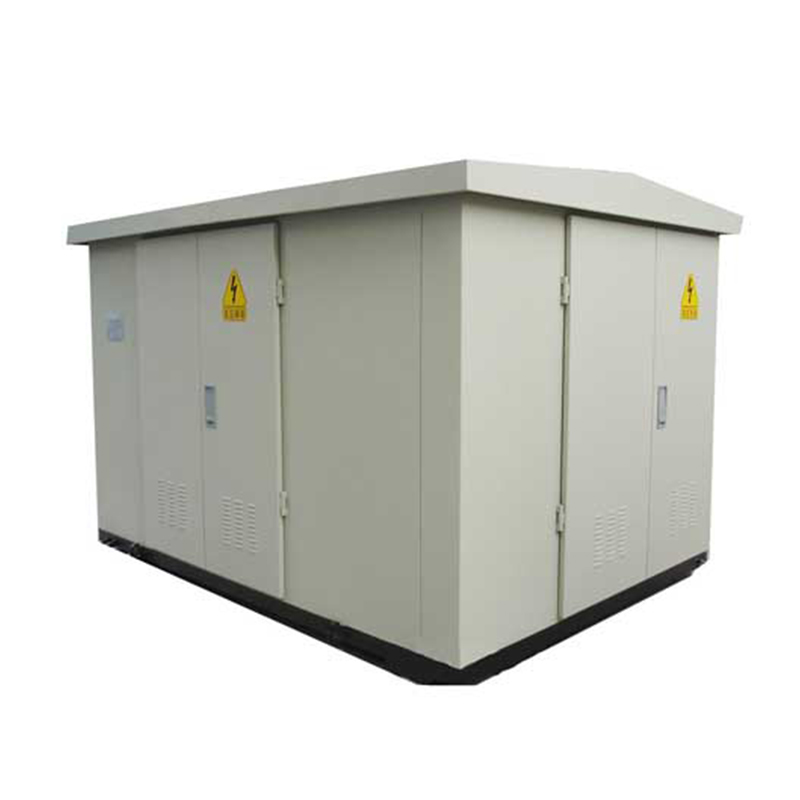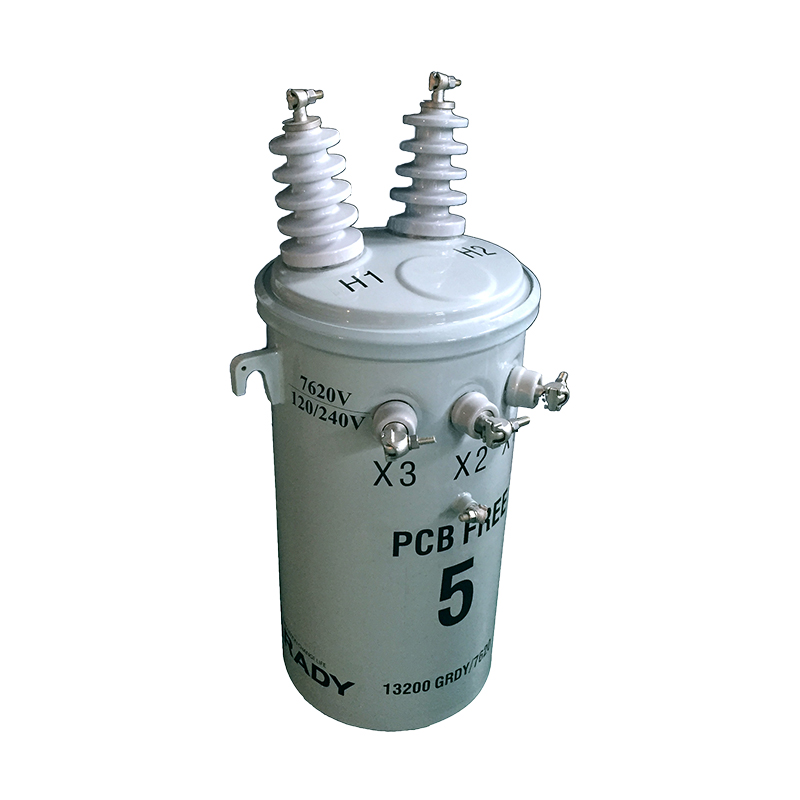Principles and Calculation Methods for Protection Configuration of Power Transformers
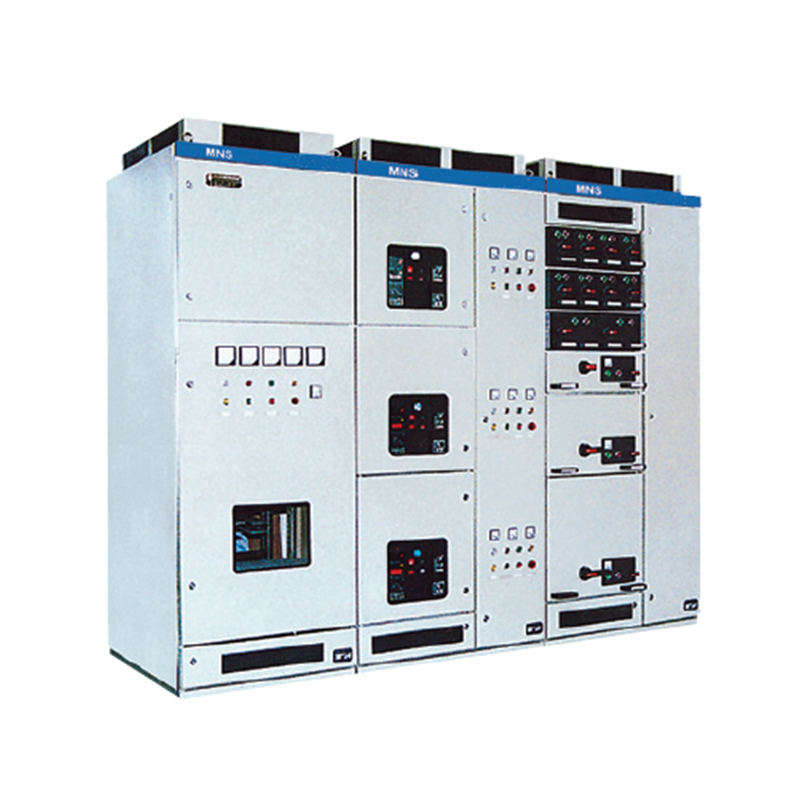
Principles and Calculation Methods for Protection Configuration of Power Transformers
1、 Principles for Protection Configuration of Power Transformers
The principles of power transformer protection configuration are mainly based on ensuring the safe operation of transformers and meeting the basic requirements of power system selectivity, speed, sensitivity, and reliability. The specific principles are as follows:
If overcurrent protection can be used, impedance protection is not necessary to avoid the impact of PT disconnection on impedance protection.
If directional protection can be used, there is no need for directional protection to reduce the possibility of directional errors or refusal to move.
3. If phase current protection can be used, sequence current protection is not necessary because the sequence filter may be sensitive to frequency.
If line voltage protection can be used, phase voltage protection is not necessary to prevent protection misoperation caused by phase voltage rise in case of grounding fault.
5. Configure abnormal operation protection, such as overload alarm, starting air cooling, locking voltage regulation, etc., to ensure timely protection of the transformer in abnormal operating conditions.
6. Consider other protections, such as circuit breaker failure and non full phase operation protection, to improve the reliability of the protection system.
2、 Calculation method for setting of power transformers
The setting calculation of power transformers is to meet the requirements of the power system for selectivity, speed, sensitivity, and reliability. It determines the setting value of protection devices through the calculation of grid parameters and the verification of short-circuit points. The specific calculation method is as follows:
1. Collect and confirm the rated parameters of the transformer, such as rated capacity, rated voltage, rated current, etc.
2. Determine the configuration and braking mode of differential protection based on the wiring form and operation mode of the transformer. Differential protection should be able to reliably avoid unbalanced currents during external short circuits, while ensuring sufficient sensitivity in the event of internal faults in transformers.
3. Configure overcurrent protection and set its operating current and operating time. Overcurrent protection should be able to reliably avoid the maximum load current of the transformer and have sufficient sensitivity in the event of external faults in the transformer.
If zero sequence current protection is configured, the action current and action time of the zero sequence current protection should be set according to the zero sequence network parameters and operating mode of the system.
5. Perform short-circuit calculation to determine the short-circuit current of the transformer under maximum and minimum operating modes, and verify the sensitivity of the protection device.
6. Based on the setting calculation results, adjust and optimize the setting value of the protection device to ensure that it can operate correctly in the event of a transformer failure.
In general, the principles of protection configuration and setting calculation methods for power transformers are important links in ensuring the safe operation of transformers and the stable operation of power systems. In practical applications, the protection configuration scheme should be flexibly adjusted and optimized according to specific situations to improve the reliability and effectiveness of the protection system.
Relatenews
- The Role of Power Transformers in Voltage Regulation within Power Systems 2025-08-25 08:14:00
- Environmental Regulations and Technical Measures for Power Transformer Noise Control 2025-08-25 08:12:00
- The Application of Big Data Analytics in Power Transformer Fault Prediction 2025-08-25 08:11:00
- Impact of Distributed Generation Integration on Load Characteristics of Power Transformers 2025-08-16 09:43:00
- Conditions and Protection Coordination Strategies for Parallel Operation of Power Transformers 2025-08-16 09:42:00
- Application of On-Line Oil Chromatography Monitoring Systems for Power Transformers 2025-08-16 09:38:00
- Capacity Calculation Methods for Power Transformers in Electric Vehicle Charging Stations 2025-08-09 16:02:00
- Key Technologies of Smart Power Transformers: Sensors, IoT, and Big Data 2025-08-09 15:59:00





